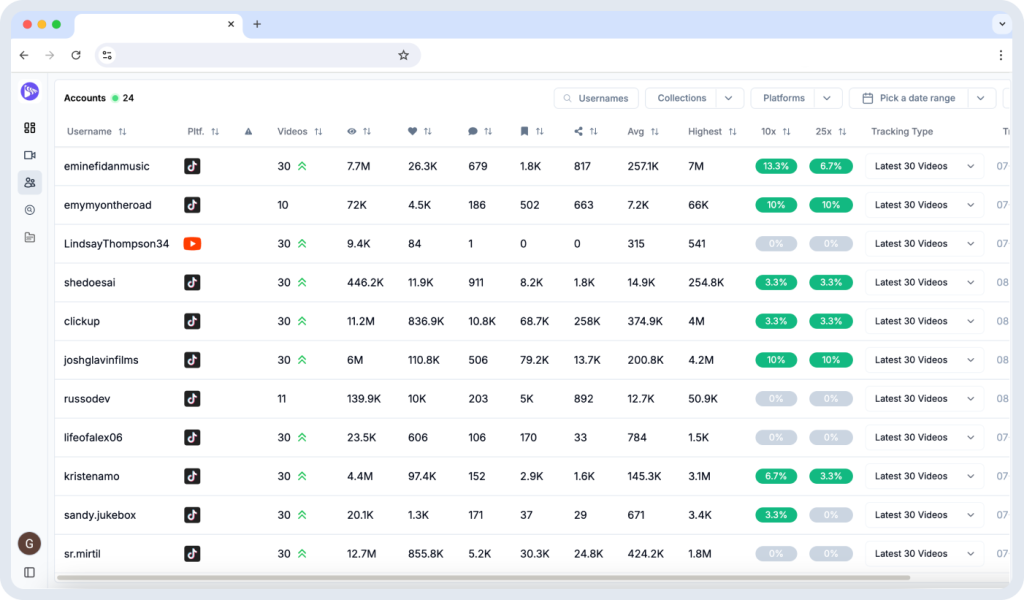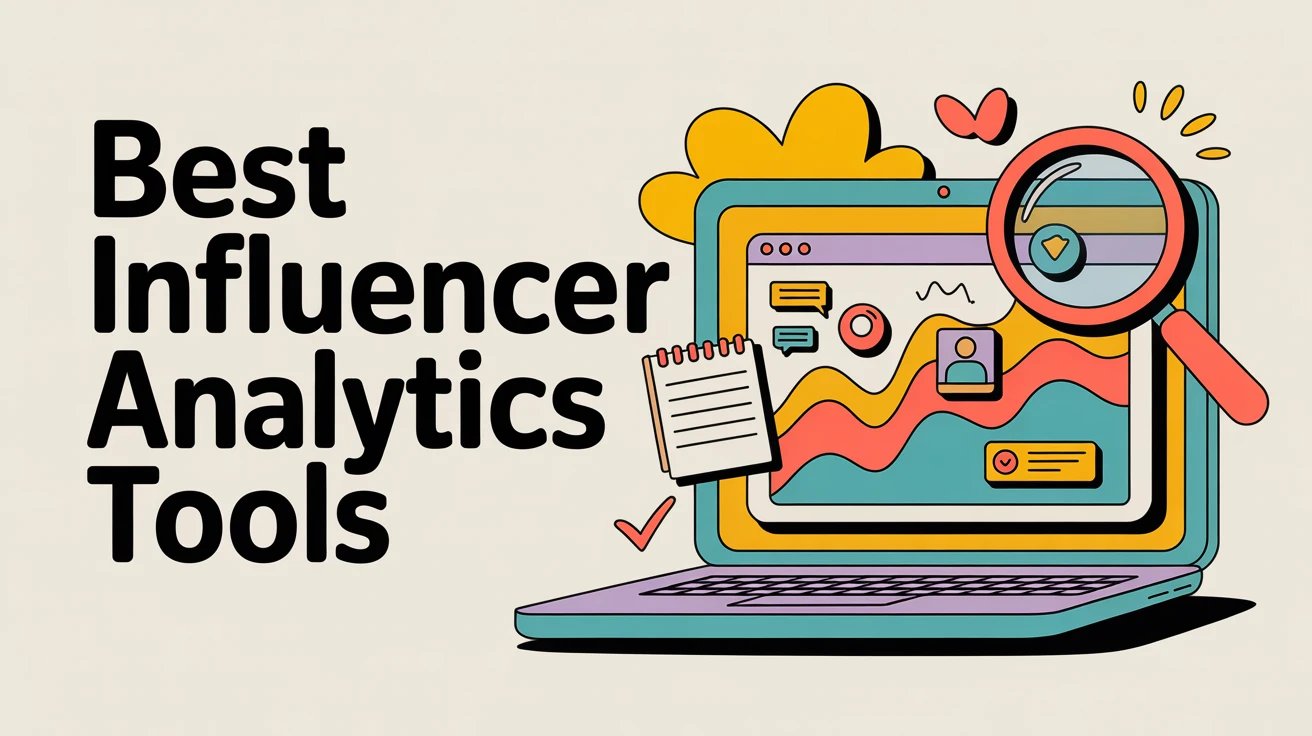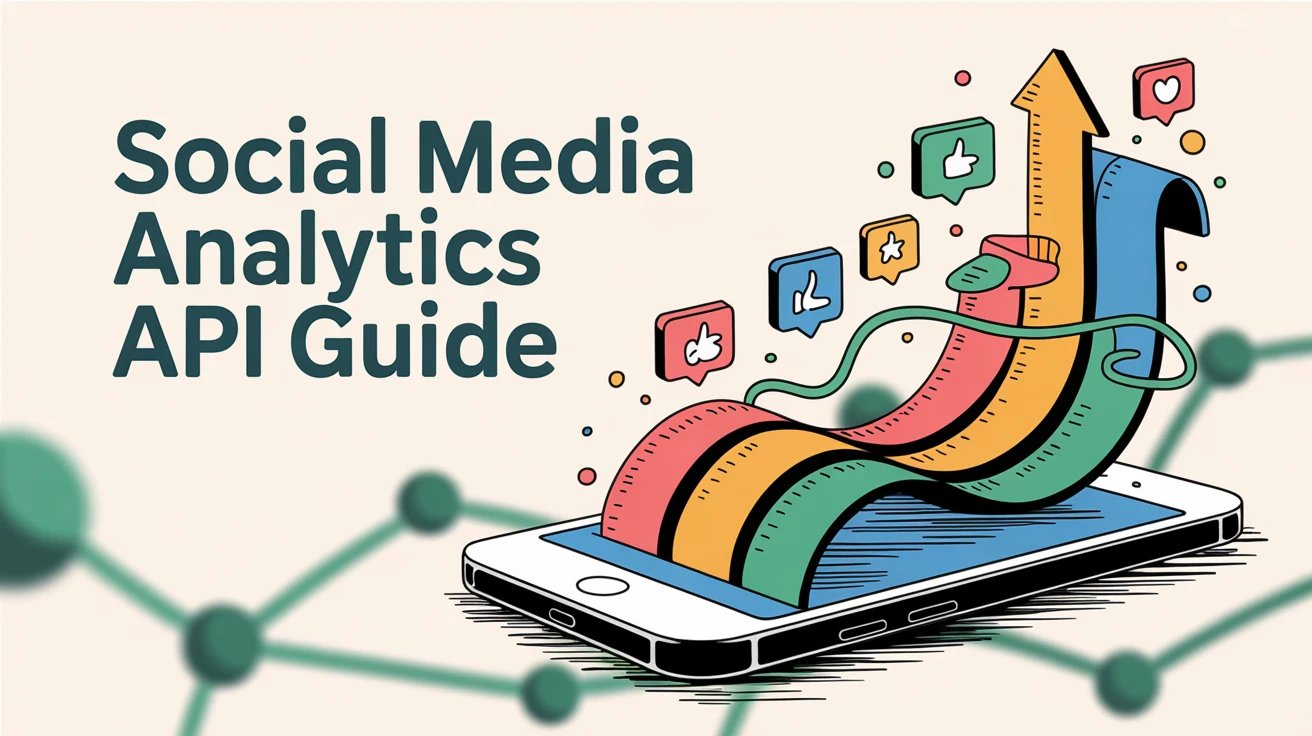In a world where conversations happen in real time and opinions are shared with a click, social media has become more than just a marketing tool—it’s a vital part of how businesses connect with their audience. Whether you’re a startup or a global brand, how you engage on platforms like Facebook, Instagram, and TikTok can shape your reputation and influence customer loyalty.
But how do you keep track of the vast conversations happening online? That’s where social media monitoring tools come in.
In this article, we’ll explore what social media monitoring tools are, how they work, and why they should be an essential part of your marketing and customer service toolkit.
What is Social Media Monitoring?
At its core, social media monitoring helps businesses track, analyze, and respond to conversations happening across social platforms. The tools designed to provide businesses with social media tracking services do so by presenting valuable insights through collecting data from all over the web. By tracking specific keywords, mentions, and trends across social media, news outlets, blogs, forums and even customer reviews. In simpler terms, these tools act as a digital “listening post,” gathering real-time data and presenting it in a way that allows businesses to make informed decisions.
This data can come from multiple sources, including:
– Social media platforms (Facebook, Twitter, Instagram, etc.)
– News websites and blogs
– Online reviews and forums
– Podcasts and video content (e.g., YouTube)
How Do Social Media Monitoring Tools Work?
Social media monitoring tools work similarly to search engines, using algorithms to crawl and index content across various online platforms. These tools track mentions, keywords, and hashtags in real time, so businesses can easily search and analyze data based on specific queries or keywords. Once indexed, the data can be accessed and examined to track what’s being said about your brand.
Social media monitoring tools use advanced algorithms, APIs, and data extraction methods to collect and analyze content from across the web. Here’s a quick overview of how they function:
- Keyword Tracking: You can set up the tool to track specific keywords, hashtags, or phrases tied to your brand, products, or industry. It will then gather mentions of these terms from social media and other online sources.
- Data Aggregation: These tools pull data from various platforms—like Twitter, Instagram, and LinkedIn—as well as news sites and forums. The collected data is organized and presented for easy analysis.
- Sentiment Analysis: Many tools include sentiment analysis, which gauges the tone of mentions (positive, negative, or neutral). This helps businesses quickly understand how people feel about their brand or specific campaigns.
- Alerts and Notifications: Social media monitoring tools send real-time alerts when keywords or mentions are found, allowing you to respond quickly to customer complaints, competitor moves, or potential PR issues.
- Reporting and Analytics: These tools offer detailed reports that include metrics such as engagement, reach, and sentiment. Analyzing this data helps businesses refine their strategies, improve customer service, and gain deeper insights into their audience
Why Social Media Monitoring Tools Matter
Protect Your Brand Reputation
Social media monitoring tools help you protect your brand by alerting you to mentions in real time. With the sheer volume of posts online, it’s impossible to catch every mention manually. If a customer posts a negative review or complaint, you can quickly respond before it escalates, showing that you care about customer feedback. This proactive approach can turn a negative experience into an opportunity to build trust and loyalty.
Understand Audience Sentiment
Social media tracking lets you gauge how your audience feels about your brand or products, whether positive, negative, or neutral. By understanding audience sentiment, you can adjust your marketing strategies accordingly. For instance, if a product launch generates mixed reactions, you can tweak your messaging or improve the product based on customer feedback.
Track Competitors
Keeping tabs on competitors is crucial for staying ahead. Social media monitoring tools allow you to track competitor activity, including the content that resonates with their audience and customer reactions. By observing their strengths and mistakes, you can find opportunities to stand out amongst the noise.
Identify Trends and Content Ideas
Social media monitoring helps you stay on top of trends by tracking popular hashtags and discussions. By identifying these conversations early, you can create content that taps into current trends, keeping your brand relevant and engaged in key industry topics.
Enhance Customer Service
Social media is a key platform for customer support, and these tools help you track inquiries and complaints in real time. Quick responses to customer questions or issues show your commitment to service, and analyzing customer interactions can highlight areas for improvement in your products or services, leading to better overall customer experiences.
In short, social media monitoring tools help you protect your reputation, engage with your audience, stay competitive, and improve your customer service—all of which are essential for business success in the digital world.
Best Practices for Using Social Media Monitoring Tools
While social media monitoring tools can provide invaluable insights, it’s important to use them strategically. Here are some best practices for getting the most out of these tools:
Set Clear Objectives: Before diving into social media tracking, define your goals. Are you monitoring competitors? Analyzing customer sentiment? Tracking brand mentions? Setting clear objectives will help you focus on the most important metrics and avoid data overload.
Use Multiple Tools: Different tools offer different strengths. Some may excel in sentiment analysis, while others may provide better competitor insights or keyword tracking. Consider using multiple tools to get a well-rounded view of your social media landscape.
Respond Quickly: Social media is fast-paced, and customer expectations are high. Use real-time alerts to respond to mentions and inquiries as quickly as possible. A quick response can go a long way in building a positive brand reputation.
Analyze Trends, Not Just Mentions: While it’s important to track direct mentions of your brand, it’s equally valuable to monitor broader industry trends. Stay involved in conversations happening around your niche to spot emerging opportunities or threats.
Pivot Your Strategy: Use the insights gathered from social media monitoring to continuously refine your strategy. Whether it’s shifting your content focus, adjusting your messaging, or launching a new product, social media monitoring helps you make data-driven decisions.
Conclusion
Staying on top of conversations surrounding your brand is essential for protecting your reputation. By actively listening to your audience, tracking sentiment, and responding in real time, you can protect your brand, improve customer service, and spot new opportunities for growth.
To simplify your social media monitoring, try Shortimize.

You can monitor all your social media accounts in one comprehensive platform, easily monitoring performance, engagement and sentiment of all your short-form video content (TikTok videos, Instagram Reels, Youtube Shorts, etc). You can try it out for free for 7 days, and decide for yourself whether it suits your social media monitoring needs.


